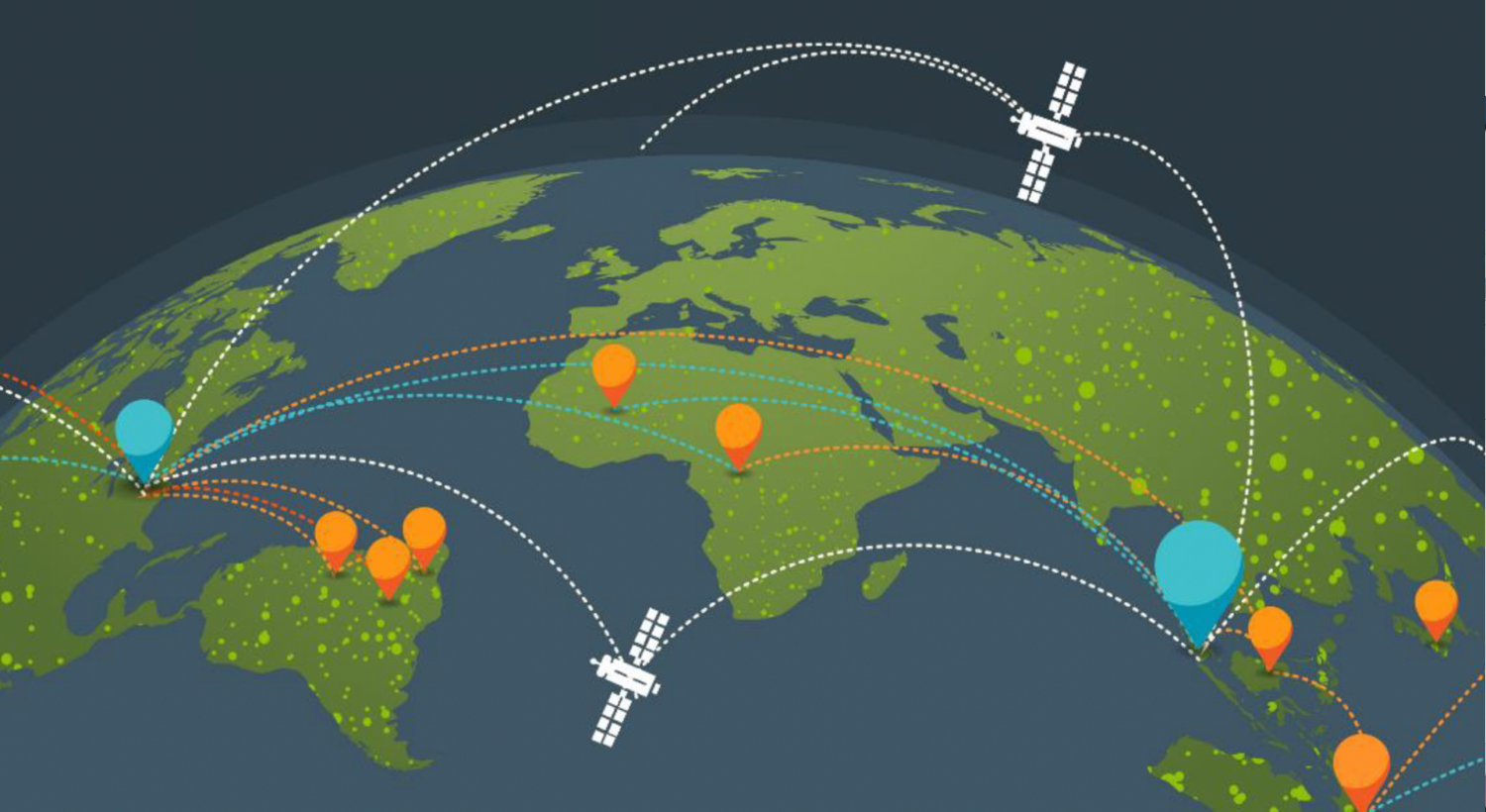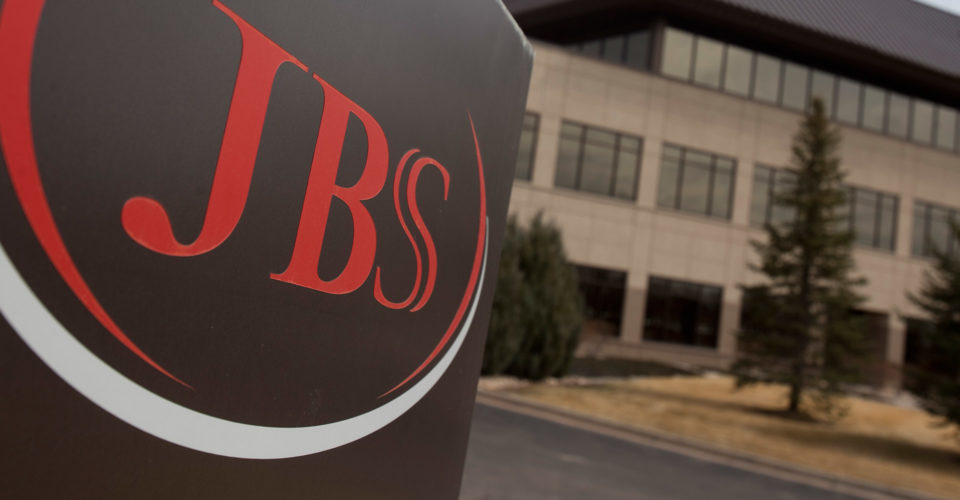
Meat Feeling the Pressure to Reduce Impacts
In the past month, two of the world’s largest meat sellers announced commitments to reduce greenhouse gas emissions from their supply chains. This is significant because the meat industry emits more greenhouse gas emissions than the transportation sector globally,[i] due largely to methane from livestock, mismanaged manure, and deforestation and over-fertilization of fields that produce feed.[ii] Many of the practices driving the sector’s climate impacts are also causing widespread water contamination, particularly from excess manure and fertilizer pollution washing off fields that grow feed.
In response to growing public concern about these environmental consequences, global meat giant Tyson Foods recently announced it would reduce emissions from its North America operations (Scope 1 and Scope 2) 30% by 2030, and emissions intensity 30% for its Scope 3 supply chain impacts.[iii] Shortly thereafter, Tyson’s major customer, McDonald’s, announced its commitment to reducing greenhouse gas impacts from restaurants and offices 36% by 2030 from a 2015 baseline, and to reduce greenhouse gas emissions intensity from its supply chain 31% during the same timeframe.
These commitments are of course intertwined, with McDonald’s success depending in large part on the efforts of its meat suppliers like Tyson. At the moment, both commitments are missing key details needed to understand how ambitious the companies intend to be. For example, Tyson does not include a baseline year from when it intends to cut emissions, and is vague on scope: will the commitment be global, across all its meat supply chains, and will it include the vast quantities of feed grown to raise all its meat?
These questions are particularly pressing, as shown by a new Mighty Earth investigation into the destruction of forests and other native ecosystems in Latin America to grow soy for global meat animals. This latest report found that the meat industry relies on massive quantities of soy for animal feed to raise livestock: about three quarters of the world’s soy is used for animal feed. In addition, more than one million square kilometers of land are dedicated to growing soy, an area almost three times the size of Germany. This builds on our findings of widespread water contamination and native prairie clearance here in the United States from the meat and feed industry. This only deepens the urgency of Tyson addressing the full scope of its environmental impacts, both in the context of its new greenhouse gas commitments and in the broader context of reducing the environmental harm of its practices in the US and worldwide.
Will Tyson rise to the challenge of meeting global protein demands without destroying the planet? We sure hope so! Join our #CleanItUpTyson campaign to get involved.
Sources:
[i] https://www.theguardian.com/commentisfree/2017/nov/07/big-meat-big-dairy-carbon-emmissions-exxon-mobil
[ii] http://www.fao.org/ag/againfo/resources/en/publications/tackling_climate_change/index.htm
[iii] https://www.greenbiz.com/article/tyson-sustainability-agenda


